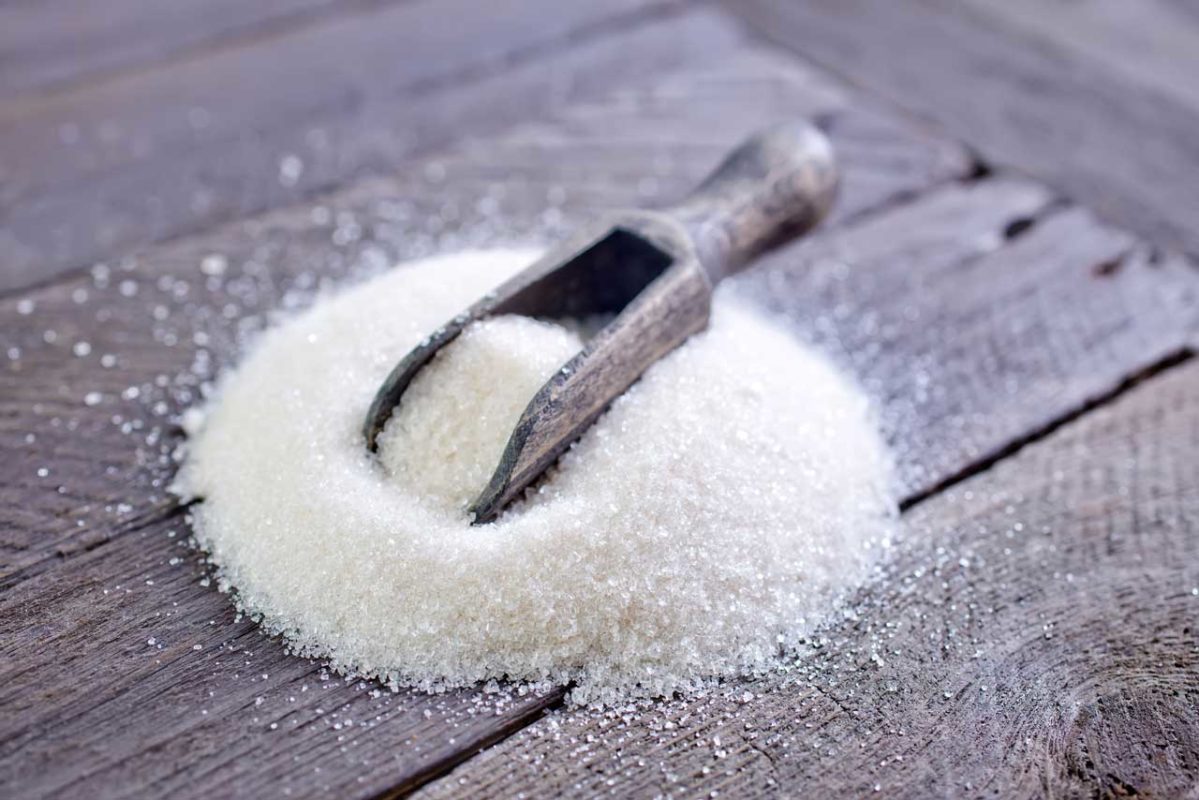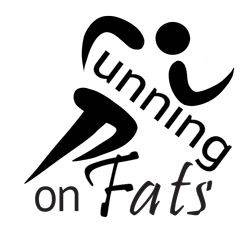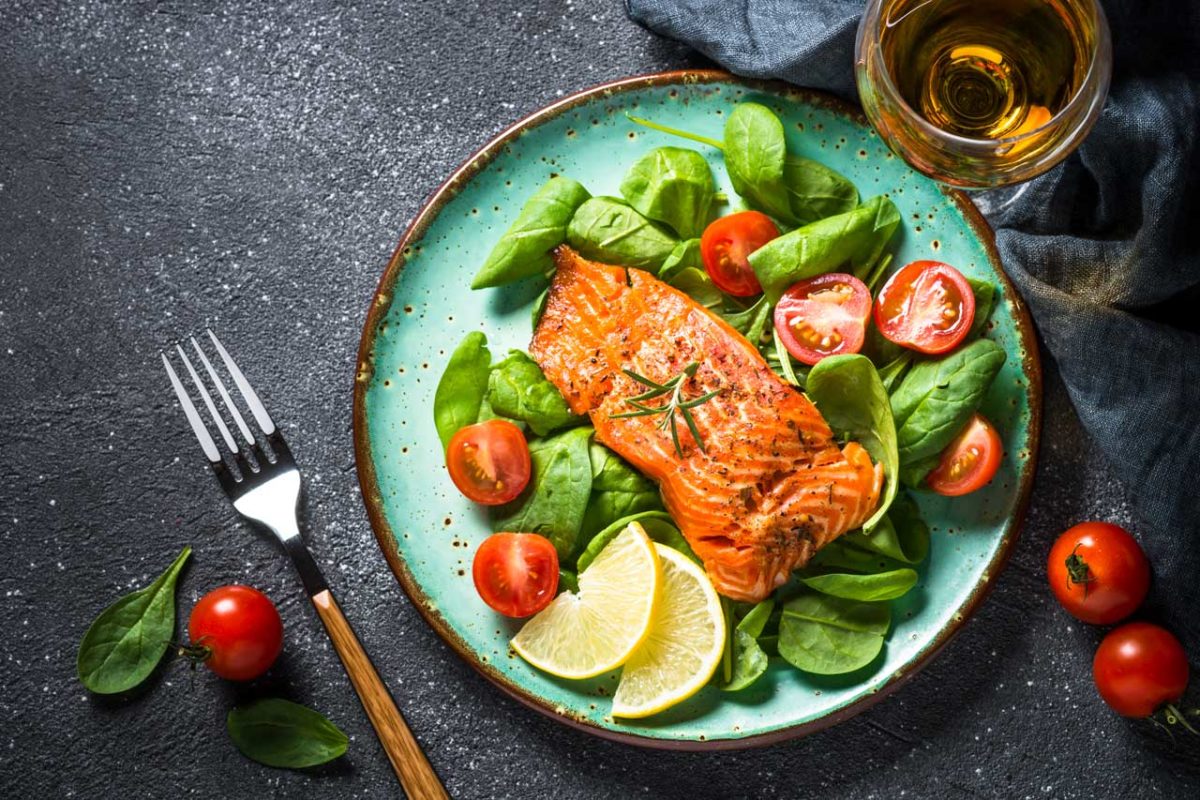Introduction
So why on earth did I decide to do a crazy thing like cutting those delicious carbs out of my diet and switch to a Low Carb High Fat (“LCHF”) diet instead? Well, the primary reason was to make me a better runner.
Moving to a Ketogenic Diet
After following the Low Carb High Fat diet for a while, I moved to a Ketogenic or “Keto” (very low carb and high fat) eating regime. I did this because I wanted to become leaner – and faster. I wanted to become fat adapted. In other words, I wanted to change the source of energy my body was using to help me run. Rather than having to rely on a regular intake of carbohydrates, I wanted to be able to run on fats.
I continue to follow a Keto diet – not simply to improve my running but, rather, because of the profound changes it’s made to my health and lifestyle.. A ketogenic diet genuinely makes me feel good and healthy. Watch this space, because at the top of my to do list is writing an article about the vast array of benefits associated with this nutritional and lifestyle approach.
In a Nutshell a Low Carb High Fat Diet will
- Reduce rapid ageing of the body
- Keep you lean as you age
- Stop you from hitting the wall
- Make you run faster.
Relying on Carbs

Most runners’ muscles are trained to run on glycogen. Excess carbohydrates and sugars are stored in the body in this form. Glycogen is a polysaccharide which can be readily broken down through the process of hydrolysis. This process releases glucose – the primary source of energy. At marathon pace, most endurance runners will train the body to store and then use a large amount of glycogen for energy. Typically, your body can store glycogen for about 130 minutes of activity. You can replace some of that by ingesting more carbs. But, once the glycogen is depleted, your body will need a new source of energy – namely, your fat stores.
Hitting the Wall
If you’re not ‘Fat-Adapted’, then your body will struggle to switch to this new energy system (as I’ve experienced a number of times running marathons). This unpleasant experience is known as “hitting the wall”. I, personally, have ‘hit the wall’ around 10 times in my first 15 marathons. On most occasions, this meant just slowing down from about 28kms to 42.21 kms, with a serious case of heavy legs.
For a couple of marathons, I really ‘hit the wall’ in a bad way. It felt like having extremely low sugar levels – a craving for sugar. My legs felt like lead. I struggled to move. The pain both physically and mentally was one of the most horrible experiences I’ve ever undergone. Indeed, it made me question why I was doing this if I wasn’t enjoying it.
Was I Doing Something Wrong?
I started questioning whether I was doing something wrong. Initially, I assumed that my problem was that I wasn’t getting my electrolytes (carbs) right in terms of quantity and timing. I spent many years experimenting with carbo loading before a race, and trying different electrolytes at different times during my training and marathons. The result? Not much… I was still hitting the wall…
Rapid Ageing of the Body
With further reading, I came to a realisation. And that was that all the carbo-loading and relying on carbs for energy before, during and after my runs was probably not good for my body. Indeed, there have been numerous reports of side effects associated with relying on carbs for energy. These include rapid ageing of the body caused by a significant oxidation process. Oxidative stress leads to damage of the cell membranes, mitochondria and DNA (Gilbert, 2008).
Just as iron rusts when exposed to oxygen, exposure to high levels of carbohydrates prematurely ages the body. This is because these high levels of carbs result in high levels of glycogen production. When combined with physical activity, this results in the production of harmful molecules called ‘free-radicals’. These free radicals damage the body and age it faster. And who wants to accelerate the ageing process?!. Certainly not me! But, I wanted to keep running. So, I did the only thing that made sense – I made the decision to reduce my carb intake.
Stay leaner, run faster

Another question I had was this. Why is it, that many runners seem to gain weight (and slow down) when they get older? And this is despite the fact that they ran similar distances when they were younger? This got me thinking – will this happen to me? I had to figure out what I needed to buck the trend. How could I stay lean and not slow down as I age?
The Current Evidence
I started exploring the evidence further. Research shows that the Low Carb High Fat diet can benefit endurance sports like marathon running. Essentially, endurance runners on this nutrition plan have an elevated rate of fat oxidation and a glycogen sparing effect, which improves performance. In other words, you use fat stores for energy rather than relying on glycogen production caused by eating carbs. This results in less oxidative stress and damage to the body.
My Discovery
What I discovered during my research, was that some athletes were beginning to adopt the keto lifestyle (very low carb and high fat) and were running in a ketogenic state. What happened, was that they became fat adapted – they were relying on their fat stores for energy. And they weren’t “hitting the wall!”
During the course of my research, I happened upon Prof Tim Noakes. For many years, Noakes was a loyal advocate of the dogma that consuming carbs was essential. While the majority of medical practitioners continue to push this fundamentally flawed view, Noakes woke up to the reality that was happening around him. He lost his father to diabetes, and once he, too, was diagnosed with this debilitating condition, he knew something had to change. His conclusion? That carbs were slowly killing us.
Insulin Resistance
Noakes has conducted extensive research into the topic, and has established, beyond doubt, that the consumption of carbs is harmful to many. This is because it increases insulin resistance. In other words, consuming too many carbs results in the body producing too much insulin in an attempt to cope with the high blood sugar levels that result.
You know when you have insulin resistance because, among other things, you start putting on weight. And that weight piles on, no matter how much you try to lose it. This is because the body’s ability to convert glycogen to energy declines as the insulin resistance phenomenon increases. The result? The body begins to convert glycogen to fat. There is a wide range of other signs and symptoms of insulin resistance, worthy of an article in itself (coming soon!). Once you become insulin resistant, diabetes is just around the corner.
LCHF Diet for Endurance Athletes
Interestingly, Tim Noakes now advocates a Low Carb High Fat diet for endurance runners too. There are many examples of successful endurance athletes. Paula Newby-Fraser was one of the World’s greatest endurance athletes (eight times Ironman World Champion). Her diet, based on Noakes advice, was carbohydrate-restricted and high in fats. Newby-Fraser says that the (LCHF diet) was
the single most important piece of advice she had ever received in her athletic career.
(Tim Noakes, Lore of Nutrition).
Another Triathlete, Dave Scott, who is best known for being the first Six-Times Ironman Triathlon Hawaii Champion, recommends LCHF in the form of a ketogenic diet for endurance athletes.
Interestingly, after a short period of time on the Low Carb High Fat diet, Noakes himself started losing weight and began to run faster than he had done in years! He was reversing his insulin resistance.
The research – and the real life results – are so compelling, that it was a no brainer for me: I simply had to try it for myself. And that’s why I began the journey towards becoming a fat-adapted runner.


